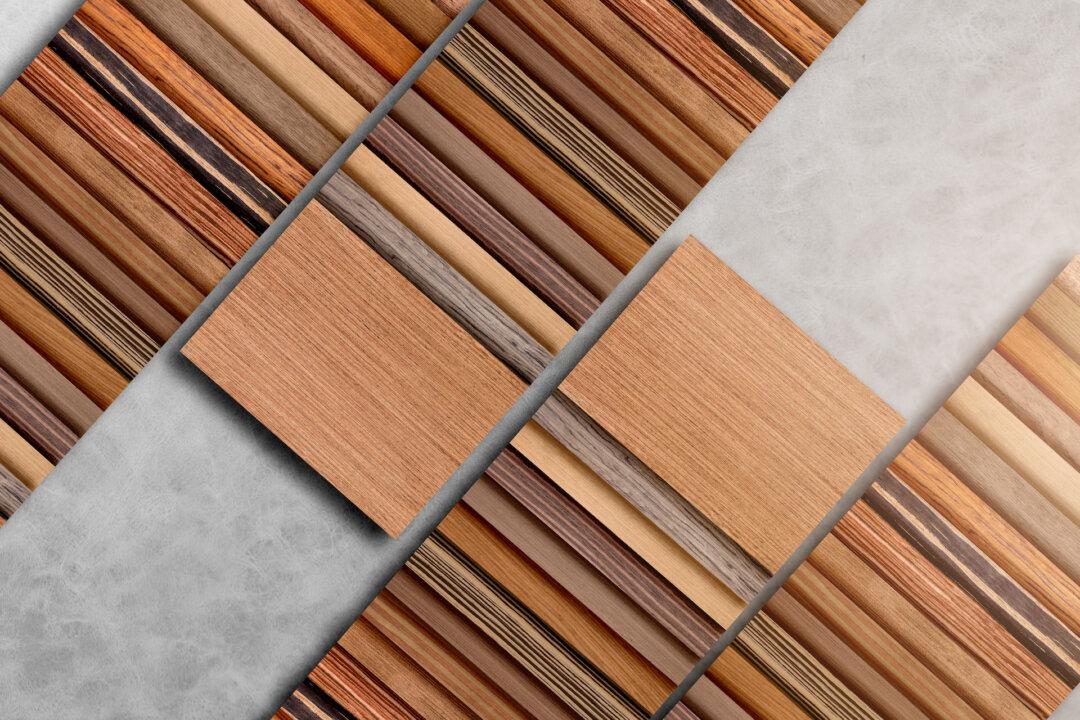The springy kitchen floor is probably very comfortable to stand and walk on, and it reduces noise when walking on it. This is not a problem for most types of flooring and can actually be somewhat of a benefit, but not for ceramic tile. Ceramic tile needs a very stable subflooring so it does not crack.
Don’t fret! There is still hope that you will have that ceramic tile floor in your kitchen. You will just have to strengthen the flooring substructure to make it stronger and more rigid. It is quite a bit of work but well worth the time spent if you really want your ceramic tile floor.
As a brief flooring 101 course, most floors, other than slabs, are built over large floor joists. These 2-by-10-inch pieces of lumber look massive, but they do deflect from the weight above. The factors determining their deflection are the length of the joist, its cross-sectional dimensions, the type of wood, and the spacing of the joists.
Don’t run out and sue your builder. Building a house to accepted building codes can still result in a springy floor. If you do put the tile over this type of floor, first the grout will begin to crumble. Next, some of the ceramic tiles (very brittle) will crack, and some may even come loose from the subfloor.
There are several options to strengthen and stiffen the floor so that your ceramic tile will last a lifetime. It would be worthwhile at this point to have a builder or engineer check your floor joists. If they are not strong enough or the span is too long, you will have to support them from underneath, add more joists, or use stress skins on the underside.
Assuming the floor joists are adequate, first make sure that the existing subflooring is securely attached to the joists below. I often use drywall screws with a coarse thread. These hold very well and are a better option than just driving in a lot of nails.
Once your existing subfloor is securely fastened to the joist, you must cover this with either 1/2-inch-thick exterior plywood or cementitious board. This will be the stable base for your ceramic tile. Cementitious board is my favorite, but many people are more comfortable and familiar with working with plywood.
If you do choose plywood, make sure to offset its edges from the edges of the existing subflooring by at least three inches in each direction. If the edges are located closer than this, the rigidity will suffer. Leave a slight gap between the edges of adjacent pieces to allow for expansion.
If you are adventurous, try using the cementitious board. This is laid down into thinset. This thinset bonds the board to the subflooring, and it fills in any gaps to keep the board from flexing when you walk on it. Nail it in place with galvanized nails. Some suppliers of this board are Georgia Pacific, USG, and W.R. Bonsal Company.
Now you are finally ready to lay down the ceramic tile. An organic adhesive or an epoxy mortar is the best material to use if you chose plywood as the base. If you chose cementitious board, then a latex-modified Portland cement works best.






